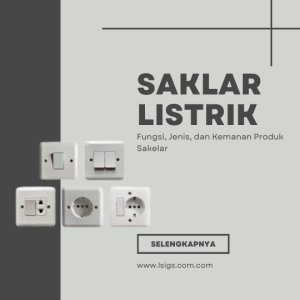What Are Azodyes Dyes? Are They Dangers?

In the previous article we have discussed testing chemical parameters on toy, such as metal elements and phthalates . In addition to these chemical tests, there is an azo color test on toys. Not all parts or materials in toys are azo tested, azo parameters are analyzed on textile or fabric parts such as on dresses, clothes, robes on toys.
Synthetic dyes are one of the most widely used dyes industry textiles. This is because synthetic dyes are cheaper, more practical to use, do not fade easily, and the colors are more varied than dyestuffs alam. The textile dye molecule consists of a chromophore as a color carrier and an auxochrome as a color binder with fibers. Some common chromophores include nitroso, nitro, azo, ethylene, and carbonyl groups, while auxochromes include amine, carboxyl, methoxyl, sulfonate, and hydroxyl groups.
About 60%-70% of the dyes used in textile dyeing are azo group synthetic dyes and their derivatives. Azo dyes are widely used in dyeing fabrics, especially fabrics from cellulose, rayon, and wool fibers. This is because azo dyes can be strongly bonded to the fabric, so they don't fade and give a good color. Azo dyes are not easily damaged by chemical treatment, so if they are wasted environment can last for a long period of time and can cause environmental pollution.
In the azo test there were 24 compounds analyzed, including the following:
| 1 | 2-naphthylamine |
| 2 | 4-aminodiphenyl |
| 3 | 4-chloro-o-toluidine |
| 4 | benzidine |
| 5 | 2,4,5-trimethylaniline |
| 6 | 2,4-diaminoanisole |
| 7 | 2,4-toluylendiamine |
| 8 | 2-amino-4-nitrotoluene |
| 9 | 3,3'-dichlorobenzidine |
| 10 | 3,3'-dimethoxybenzidine(3,3'-dianicidin) |
| 11 | 3,3'-dimethyl-4,4'-diaminodiphenylmethane |
| 12 | 3,3'-dimethylbenzidine (o-tolidin) |
| 13 | 4,4'-diaminodiphenylmethane |
| 14 | 4,4'-methylene-bis-(2-chloroaniline) |
| 15 | 4,4'-oxydianiline |
| 16 | 4,4'-thiodianiline |
| 17 | o-aminoazotoluene |
| 18 | o-toluidine |
| 19 | p-chloroaniline |
| 20 | p-cresidine |
| 21 | o-anisidine |
| 22 | 2,4-xylidin |
| 23 | 2,6-xylidin |
| 24 | 4-aminoazobenzene |
Azo dyes are the main dyes used in the textile industry and are classified as waste which is difficult to degrade, although azo dyes can be nontoxic at low levels for the human body, but at certain levels or types of azo can be toxic and carcinogenic. So we must be wiser in the use of toys, one of which is by buying toys that have beenSNI. Azo is not good for the environment as well as the body that may not be felt in the near future, but will accumulate and result in several years later depending on the amount of exposure. Therefore azo content The content in toys is limited, which is a maximum of 20 mg/kg per compound.





